Milk and antibiotic. Doxycycline and Dairy: Understanding Interactions and Optimal Usage
How does dairy affect doxycycline absorption. What are the recommended timing intervals for consuming dairy products with this antibiotic. Which other substances can interact with doxycycline. How to take doxycycline safely and effectively.
Understanding Doxycycline: A Versatile Antibiotic
Doxycycline is a powerful antibiotic belonging to the tetracycline class. It’s widely prescribed for treating various bacterial infections and even as a preventive measure against malaria. This medication works by inhibiting protein synthesis in bacteria, effectively halting their growth and proliferation.
Doxycycline is available in multiple forms, including tablets, capsules, and liquid preparations. It’s commonly prescribed for conditions such as:
- Adult acne caused by rosacea
- Lyme disease-induced arthritis
- Dental infections
- Eye infections
- Flea and tick bites
- Intestinal infections
- Lung infections
- Sexually transmitted infections
- Sinus infections
- Skin infections
- Throat infections
- Urinary tract infections
Additionally, doxycycline serves as a preventive medication for malaria and can be prescribed after exposure to anthrax bacteria to prevent complications.
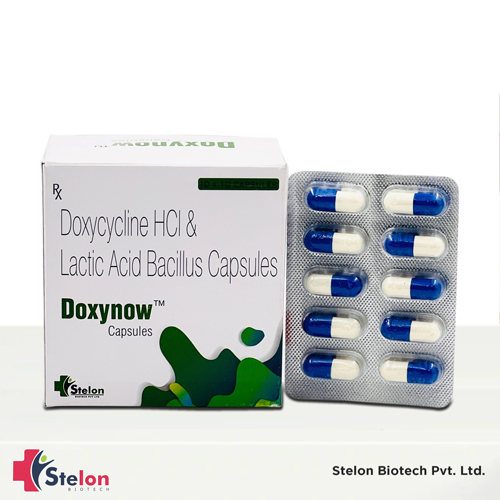
The Dairy Dilemma: How Milk Products Affect Doxycycline
While doxycycline is highly effective, its absorption can be significantly impacted by certain dietary factors, particularly dairy products. The calcium present in milk, cheese, yogurt, and other dairy items can interfere with the body’s ability to absorb doxycycline effectively.
The Science Behind the Interaction
The interaction between doxycycline and dairy occurs through a process called chelation. In this process, calcium ions react with doxycycline molecules, forming a new chemical compound known as a chelate. This reaction reduces the amount of doxycycline that can be absorbed in the gastrointestinal tract, potentially diminishing its effectiveness.
Is the impact of calcium chelation on doxycycline significant? While the exact extent of this effect may vary, it’s generally recommended to avoid consuming dairy products within the same timeframe as taking doxycycline to ensure optimal absorption and efficacy of the medication.
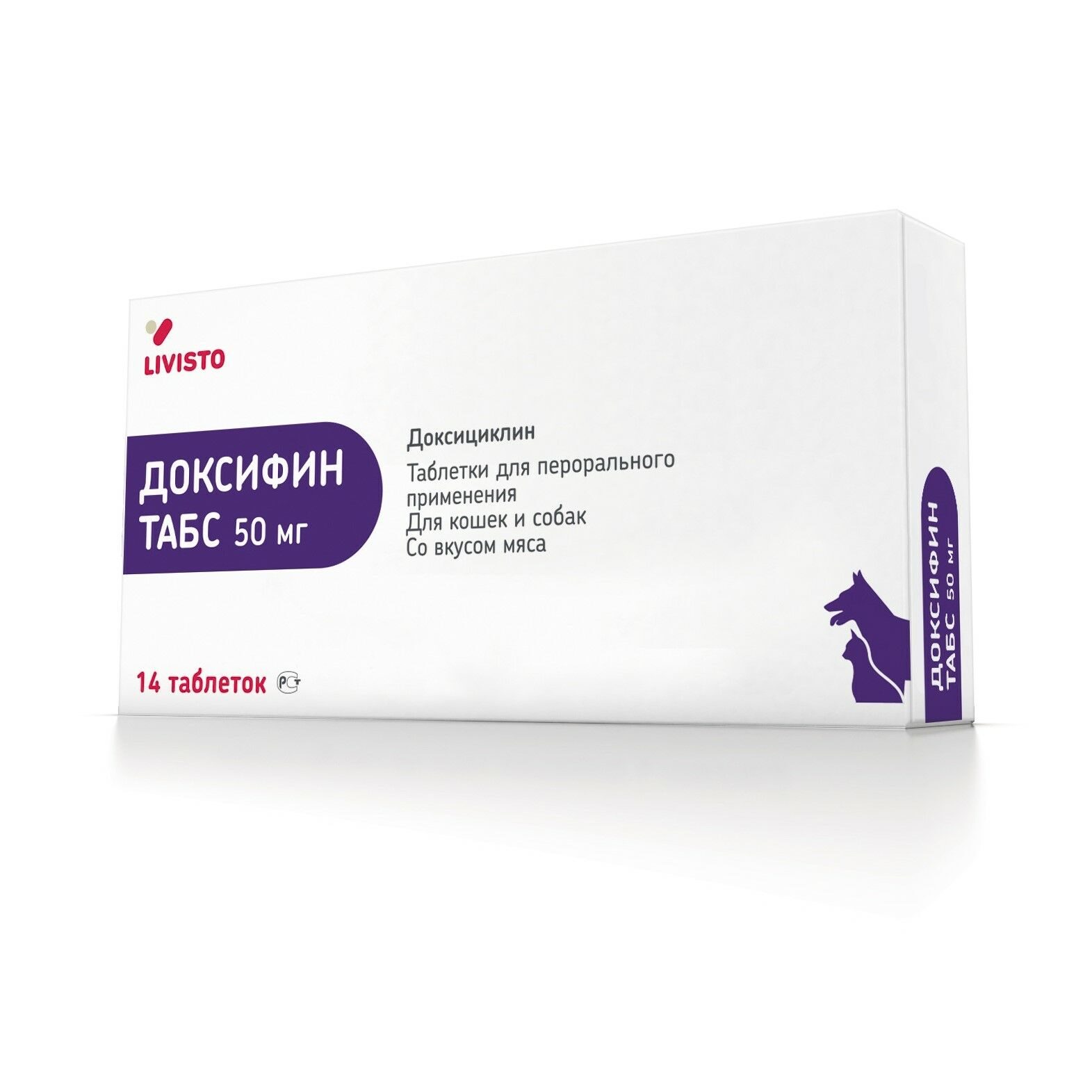
Timing is Key: When to Consume Dairy
To maximize the effectiveness of doxycycline, it’s advisable to maintain a 2-hour window before or after taking the medication during which you avoid consuming dairy products. This timing allows for proper absorption of the antibiotic without interference from calcium-rich foods.
Which dairy products should be avoided within this 2-hour window? Here’s a comprehensive list:
- Milk
- Buttermilk
- Cheese
- Butter
- Cream
- Ice cream
- Cottage cheese
- Cream cheese
- Sour cream
- Ghee
- Kefir
- Condensed milk
- Yogurt and frozen yogurt
- Whey and whey protein
- Desserts made with dairy products
Beyond Dairy: Other Substances That Interact with Doxycycline
While dairy products are a primary concern, several other substances can interact with doxycycline, potentially affecting its efficacy or causing adverse effects. These include:
- Antacids
- Other antibiotics
- Anticoagulants (blood thinners)
- Anticonvulsants
- Antimetabolites
- Barbiturates
- Diuretics
- Iron supplements
- Laxatives
- Lithium
- Proton pump inhibitors
- Retinoids
- Vitamin A supplements
To ensure safe and effective treatment, it’s crucial to inform your healthcare provider about all medications, supplements, and vitamins you’re currently taking. This information helps determine the most appropriate way to administer doxycycline while minimizing potential interactions.

Alcohol and Doxycycline
Can alcohol be consumed while taking doxycycline? While moderate alcohol consumption is generally considered acceptable, it’s advisable to discuss your typical alcohol intake with your doctor. They can provide personalized advice based on your specific health situation and treatment plan.
Birth Control Considerations
Does doxycycline affect birth control effectiveness? Yes, doxycycline can potentially reduce the efficacy of certain forms of hormonal birth control, including pills, patches, vaginal rings, injections, and implants. If you’re prescribed doxycycline, it’s important to consult with your healthcare provider about alternative or additional contraceptive methods to ensure continued protection against unintended pregnancy.
Safe Usage Guidelines for Doxycycline
To maximize the benefits of doxycycline while minimizing potential side effects, it’s essential to follow proper usage guidelines. Here are some key points to remember:
- Always follow the prescription label instructions carefully.
- Don’t crush, chew, split, or open delayed-release tablets or capsules.
- Swallow pill forms of doxycycline with a full glass of water.
- If you have difficulty swallowing pills, consult your healthcare provider for alternative options.
- Drink plenty of fluids after taking doxycycline.
- Avoid lying down immediately after taking the medication to prevent esophageal irritation.
- If you miss a dose, take it as soon as you remember, unless it’s almost time for your next scheduled dose. Never double up on doses.
- Complete the full course of medication, even if symptoms improve before finishing.
- Use sun protection measures, as doxycycline can increase skin sensitivity to sunlight.
Special Considerations and Precautions
While doxycycline is generally safe for most adults and children over 12, certain individuals may need to exercise caution or avoid the medication altogether. Who should be particularly careful with doxycycline?
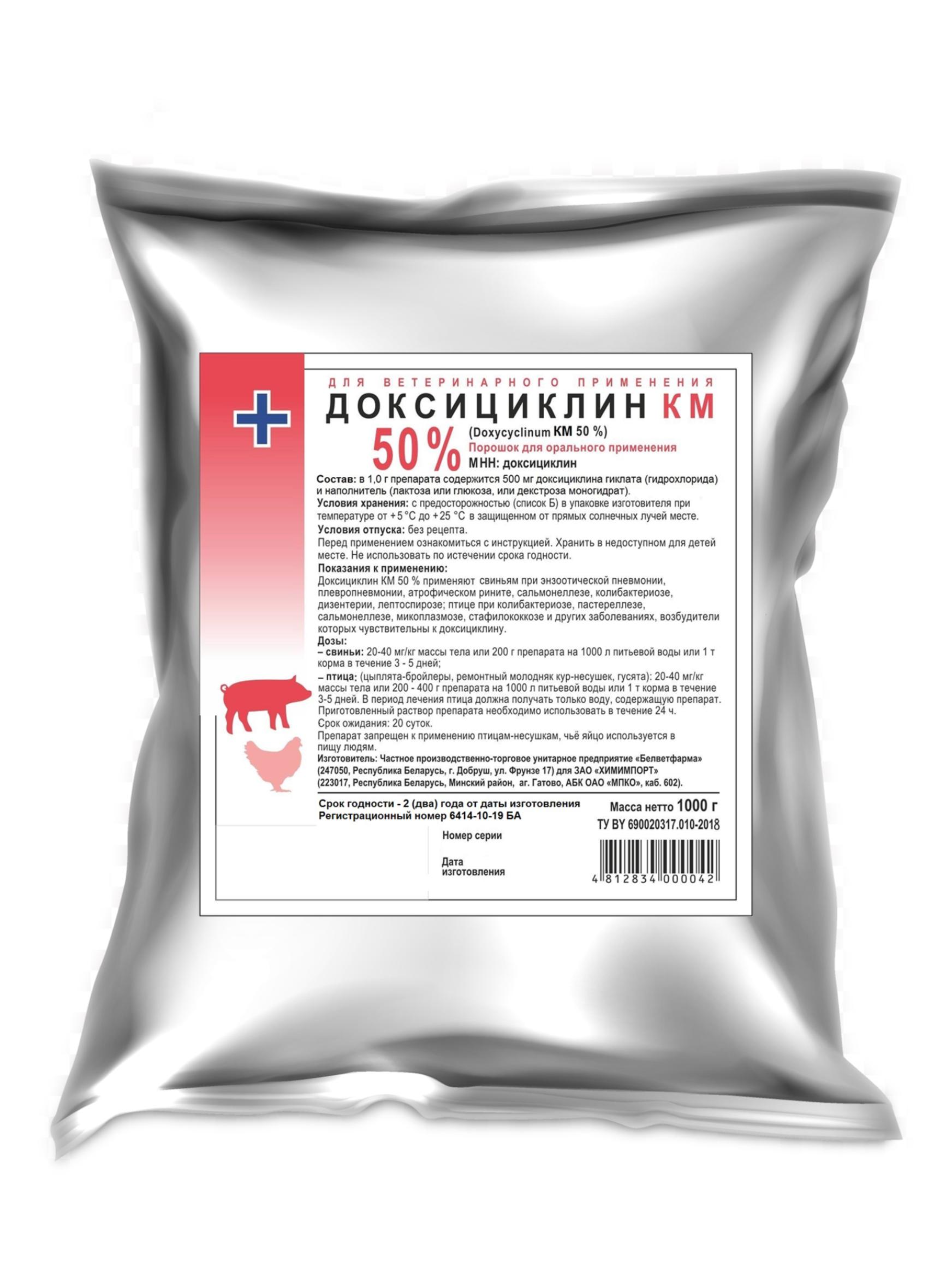
- Pregnant women
- Nursing mothers
- Individuals with a history of asthma
- Those with known drug allergies
- People with esophagitis
- Individuals with intracranial hypertension
- Those with kidney disease
- People with liver disease
- Individuals with lupus
- Those with myasthenia gravis
- People with a history of oral or vaginal yeast infections
- Individuals who have undergone stomach surgery
If you fall into any of these categories, it’s crucial to inform your healthcare provider before starting doxycycline treatment. They can assess your individual risk factors and determine whether this antibiotic is appropriate for you or if alternative treatments should be considered.
Optimizing Doxycycline Effectiveness
To ensure you’re getting the most out of your doxycycline treatment, consider the following tips:
- Maintain consistent timing: Take doxycycline at the same time each day to maintain steady levels in your system.
- Stay hydrated: Drinking plenty of water helps prevent potential side effects and aids in the medication’s absorption.
- Be mindful of interactions: Keep track of the foods, supplements, and medications you consume, and time them appropriately in relation to your doxycycline dose.
- Complete the full course: Even if symptoms improve, continue taking doxycycline for the entire prescribed duration to prevent antibiotic resistance and ensure complete eradication of the infection.
- Monitor for side effects: Be aware of potential adverse reactions and report any concerning symptoms to your healthcare provider promptly.
- Practice sun safety: Use sunscreen, wear protective clothing, and limit sun exposure while taking doxycycline to prevent photosensitivity reactions.
Doxycycline for Malaria Prevention: Special Considerations
When using doxycycline as a preventive measure against malaria, there are specific guidelines to follow:
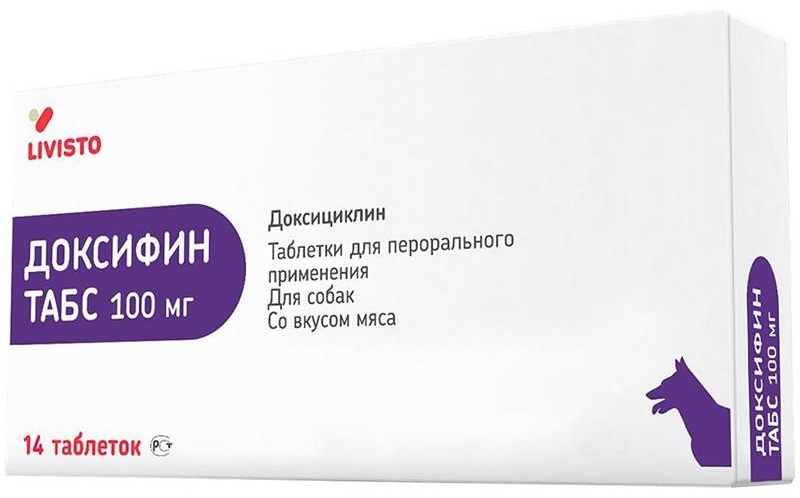
- Begin taking the medication 1-2 days before traveling to a malaria-endemic area.
- Continue daily doses throughout your stay in the area.
- Maintain the regimen for 4 weeks after leaving the malaria-risk zone.
- Combine doxycycline use with other preventive measures, such as using mosquito repellents and sleeping under insecticide-treated bed nets.
How effective is doxycycline in preventing malaria? When taken as directed, doxycycline can be highly effective in reducing the risk of malaria infection. However, it’s important to remember that no preventive measure is 100% foolproof, and you should still take precautions to avoid mosquito bites.
Balancing Efficacy and Safety
While doxycycline is a powerful tool in treating various infections and preventing malaria, its effectiveness relies heavily on proper usage and awareness of potential interactions. By understanding how substances like dairy products can affect its absorption and following guidelines for safe consumption, patients can maximize the benefits of this versatile antibiotic while minimizing risks.
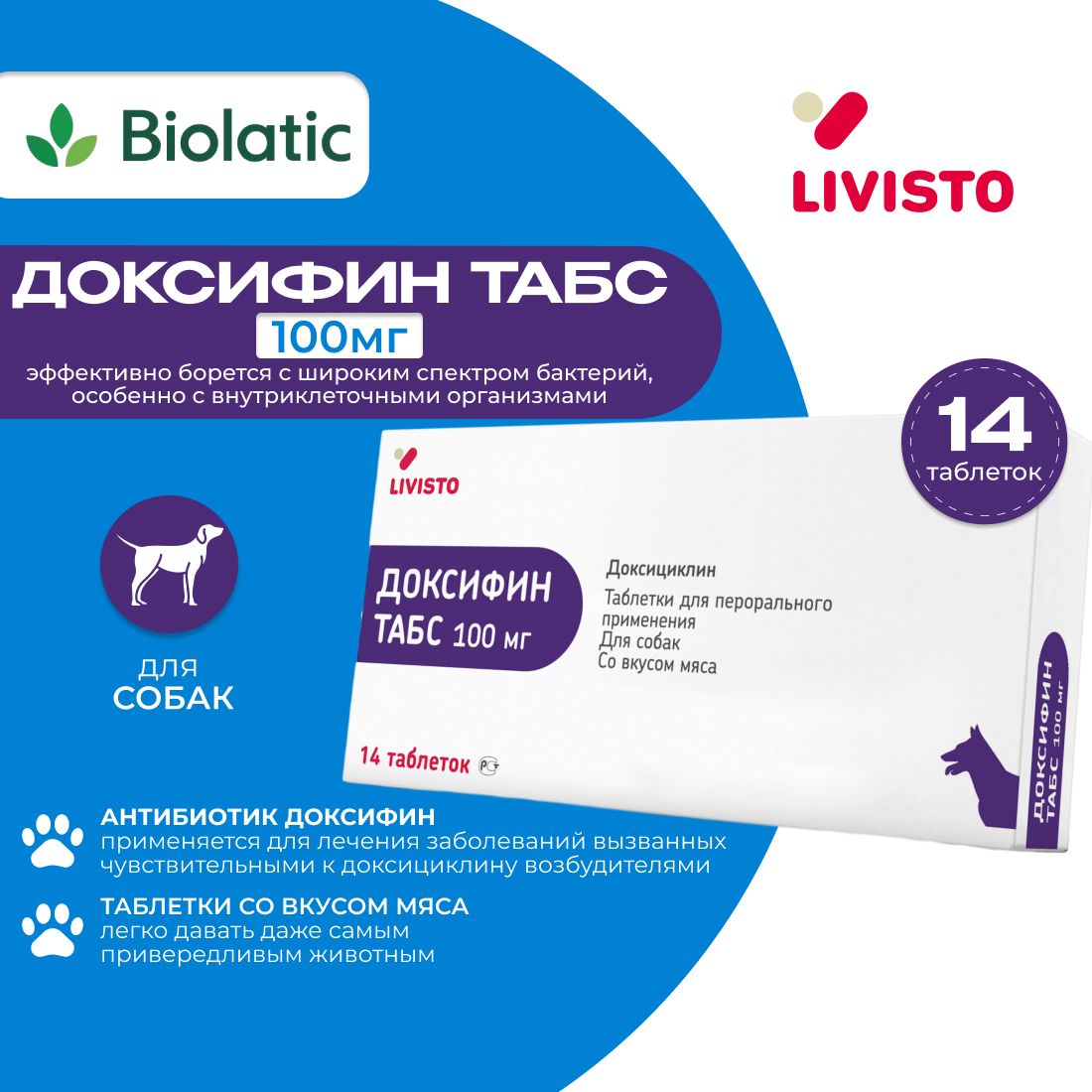
Remember, open communication with your healthcare provider is key. Don’t hesitate to ask questions about your doxycycline prescription, potential interactions, or any concerns you may have about your treatment plan. With the right approach, doxycycline can be an effective ally in your journey to better health.
Can Milk, Yogurt Affect This Antibiotic?
Doxycycline is an antibiotic. It’s used to treat a wide variety of bacterial infections and can also be used to prevent malaria. When ingested alongside doxycycline, dairy products can impact the effectiveness of this medication.
This article will take a closer look at how dairy products, as well as some other substances, can reduce the effectiveness of doxycycline.
Doxycycline belongs to a class of antibiotics known as tetracyclines. These antibiotics work by preventing protein synthesis in bacteria. As a result, bacteria can’t grow or flourish.
Doxycycline comes in tablet, capsule, and liquid form. Delayed-release tablets and capsules are also available.
This medication may be prescribed for the following conditions:
- adult acne caused by rosacea
- arthritis caused by Lyme disease
- dental infections
- eye infections
- flea and tick bites
- intestinal infections
- lung infections
- sexually transmitted infections
- sinus infections
- skin infections
- throat infections
- urinary tract infections
It can also be used as a preventive medication for malaria.
Also, after exposure to anthrax bacteria, doxycycline may be prescribed to prevent further complications.
Dairy products such as milk, cheese, and yogurt can interfere with your body’s ability to absorb doxycycline, especially if you consume dairy products around the same time that you take this medication.
This is due to the presence of calcium in dairy products. In a process called chelation, calcium ions react with doxycycline, forming a new chemical compound known as a chelate. When this happens, less doxycycline is absorbed in your gastrointestinal tract.
Antacids and supplements that contain calcium can have a similar effect. Chelation also occurs when doxycycline comes into contact with other dietary elements, such as iron and magnesium.
It’s not clear how much calcium chelation impacts doxycycline’s overall effectiveness. The effect may be small, but it’s still a good idea to avoid consuming dairy products within the same time frame that you take doxycycline.
It’s usually safe to consume dairy products 2 hours before or after you take doxycycline.
Some common dairy products that you’ll want to avoid within a 2-hour window of taking doxycycline include:
- milk
- buttermilk
- cheese
- butter
- cream
- ice cream
- cottage cheese
- cream cheese
- sour cream
- ghee
- kefir
- condensed milk
- yogurt and frozen yogurt
- whey and whey protein
- desserts made with dairy products
Besides dairy products, a number of other substances can interact with doxycycline. These may include:
- antacids
- antibiotics
- anticoagulants (blood thinners)
- anticonvulsants
- antimetabolites
- barbiturates
- diuretics
- iron supplements
- laxatives
- lithium
- proton pump inhibitors
- retinoids
- vitamin A supplements
Tell your doctor about any prescription or over-the-counter medications, supplements, or vitamins you’re taking. This will help your doctor determine the best way for you to take doxycycline safely.
This will help your doctor determine the best way for you to take doxycycline safely.
Alcohol can also interact with doxycycline. While drinking in moderation is usually fine, it’s a good idea to talk to your doctor about how much alcohol you typically consume.
Finally, doxycycline can make some forms of birth control, including the pill, the patch, vaginal ring, injections, and implants less effective. Talk to your doctor about other methods of birth control if you need to take doxycycline.
Doxycycline is safe for most adults, as well as children over the age of 12. It’s not recommended during pregnancy or while nursing.
You should inform your doctor if you’ve ever experienced any of the following:
- asthma
- drug allergies
- esophagitis
- intracranial hypertension
- kidney disease
- liver disease
- lupus
- myasthenia gravis
- an oral or vaginal yeast infection
- stomach surgery
- Follow the directions on the label of your prescription carefully.
 Don’t crush, chew, split, or open delayed-release tablets or capsules.
Don’t crush, chew, split, or open delayed-release tablets or capsules. - Swallow pill forms of doxycycline with a glass of water. If you can’t swallow the pill, ask your doctor or pharmacist for alternative options.
- After taking doxycycline, drink plenty of fluids. Avoid lying down, as the pill can get stuck in your esophagus, leading to irritation.
- If you miss a dose, take it when you remember, unless it’s almost time for your next dose. Don’t take two doses at once to make up for a missed dose. Contact poison control at 800-222-1222 if you accidentally take too much.
- Finish the full course of medication. It’s important to take all the medication prescribed to you, even if your symptoms go away after a few days. If you end a course of doxycycline too early, your symptoms may return. Antibiotic resistance can also develop. Similarly, you should avoid taking doxycycline for longer than indicated.

- Use sunscreen, wear a hat, and cover your skin when possible. Doxycycline can make your skin more sensitive than usual to sunlight.
How to take doxycycline for malaria
When taking doxycycline to prevent malaria, you need to start taking it 1 or 2 days before your arrival in an area where malaria is common. You need to keep taking it while you’re there and for 4 weeks after you leave. Don’t take doxycycline for malaria for longer than 4 months in total.
In addition, when taking doxycycline for malaria prevention, remember that it’s not 100 percent effective. It’s important to take other precautions to avoid mosquitoes. This includes using bug repellent, wearing protective clothing, and staying inside, especially between dusk and dawn.
Doxycycline is a tetracycline antibiotic used to treat infections in your lungs, eyes, mouth, skin, and many other areas of your body. It’s also used to prevent malaria.
Dairy products contain calcium, which can interact with doxycycline. When these two substances come into contact, it triggers a chemical reaction that can reduce the amount of doxycycline that’s absorbed by your body. This may make doxycycline less effective.
When these two substances come into contact, it triggers a chemical reaction that can reduce the amount of doxycycline that’s absorbed by your body. This may make doxycycline less effective.
To ensure doxycycline is effective, avoid consuming dairy products within a 2-hour window before and after you take a dose. Ask your doctor or pharmacist for more information about how to take doxycycline safely.
Antibiotics in the Dairy Industry: What You Need to Know
Long gone are the small-scale family farms that provide dairy to local cheese producers and families. This is the era of industrialized agriculture and concentrated animal feeding operations (CAFOs). One of the many dirty secrets of the dairy industry is the use of antibiotics. CAFO operators use antibiotics to make up for the concentrated confinement of animals, unsanitary living conditions, and the use of hormones.
Using antibiotics for non-therapeutic purposes, any use of antibiotics in food animals without disease or documented disease exposure, has led to the development of antibiotic resistant (AR) bacteria, which have infiltrated our food system and pose a major risk to human health. According to the Center for Disease Control (CDC) 22 percent of AR infections originate from foodborne pathogens. This was never an unexpected outcome, in fact in his 1952 Nobel Peace Prize acceptance speech Alexander Flemming warned of the creation of superbugs from the misuse of antibiotics, a warning we ignored. The big question is what happens when even our strongest antibiotics no longer win out against the toughest bacteria?
According to the Center for Disease Control (CDC) 22 percent of AR infections originate from foodborne pathogens. This was never an unexpected outcome, in fact in his 1952 Nobel Peace Prize acceptance speech Alexander Flemming warned of the creation of superbugs from the misuse of antibiotics, a warning we ignored. The big question is what happens when even our strongest antibiotics no longer win out against the toughest bacteria?
Antibiotic Use in the Dairy Industry
Following the “get big or get out” mantra from policy leaders, the agricultural industry adopted heavy use of antibiotics. The most common non-therapeutic uses of antibiotics are for prevention of disease and growth promotion. Of the 29 million pounds of antibiotics used each year 80 percent goes to livestock. Entire herds or flocks are continually given low doses of antibiotics in their feed or water to prevent disease and promote growth, two things that would happen naturally if animals had more natural living conditions and access to pasture.
CAFOs (or factory farms) are large-scale animal housing operations that raise a large number of animals, most commonly cattle, chickens, and pigs. These facilities focus on efficiency, measured by how quickly the operator can raise an animal and send it to market for slaughter. As a result, animals live in extremely crowded conditions with little to no access to the outdoors. These conditions increase animal stress and poor hygiene, which increase pathogen development and decrease growth. With so many animals concentrated in one area there is a vast amount of manure creating the perfect home for the proliferation of bacteria. A 2014 study published in the Proceedings of the National Academy of Sciences highlights the connection between non-therapeutic antibiotic use in animals and an increase in bacteria populations. These situations increase the potential for infections such as environmental mastitis, an udder infection in dairy cows that is caused from environmental conditions rather than a traditional bacterial infection.
The Dangers of Antibiotic Resistance
The threat of AR to human health starts at the farm and follows the food chain all the way to your dinner plate. Farms serve are as hotspots for AR; in fact anyone who lives near CAFOs or fields fertilized with animal manure is at a greater risk to superbug infections. These fields can pose a risk because bacteria from the manure can be transported from its original source to fruit and vegetable production. Once these products go to market the bacteria can follow them; and if they are not properly cleaned, can transfer to humans. According to the CDC AR causes infections that are more difficult to treat resulting in prolonged and costlier treatments, an increase in healthcare costs of $20 billion a year, and an overall expense to the economy of $50 billion. In 2019, the CDC found that 2.8 million Americans contracted antibiotic-resistant infections and more than 35,000 people were killed by these infections. Clearly, this is a real and imminent threat.
One of the greatest risks of AR genes is that they have a number of ways to enter the environment. AR bacteria can spread to rodents and flies and can be carried from one place to another across borders and seas (think black plague). The bacteria themselves possess the capability to horizontally transfer genes allowing one form to share its new supper genes with all of its friends and family. Since AR bacteria have reached such prevalence in our food system even animals raised without antibiotics or organically may still be carriers of AR bacteria. The CDC, along with many medical organizations, including the American Medical Association, oppose non-therapeutic uses and are calling for changes in farming practices to save antibiotics for humans.
Antibiotics in Dairy
The current dairy industry is one that promotes industrialization and consolidation over the health and wellness of the herd. In an effort to achieve higher levels of so called efficiency, dairy producers predominately use CAFOs and the hormone rBGH to increase milk production. rBGH or recombinant bovine growth hormone is a genetically engineered synthetic hormone created by Monsanto to increase milk production levels. Studies have found that rBGH usage results in increased cases of mastitis infections, which ultimately requires higher levels of antibiotics.
rBGH or recombinant bovine growth hormone is a genetically engineered synthetic hormone created by Monsanto to increase milk production levels. Studies have found that rBGH usage results in increased cases of mastitis infections, which ultimately requires higher levels of antibiotics.
The Food Safety Inspection Service (FSIS) of the USDA is responsible for inspecting meat for contamination with residual antibiotics, pesticides, and heavy metals. “Residue” makes its way into the food supply when producers bring animals to slaughterhouses while they have contaminants still in their system. When dairy cows are culled from the herd due to incurable infections they are processed into ground beef. Often, cows are processed before the proper withdrawal period, therefore the antibiotics are still in their systems when they are converted into meat for human consumption; antibiotics are then passed on to humans. While the cows are being treated with higher levels antibiotics for an infection, their milk is supposed to be pulled from human consumption but is often fed to calves.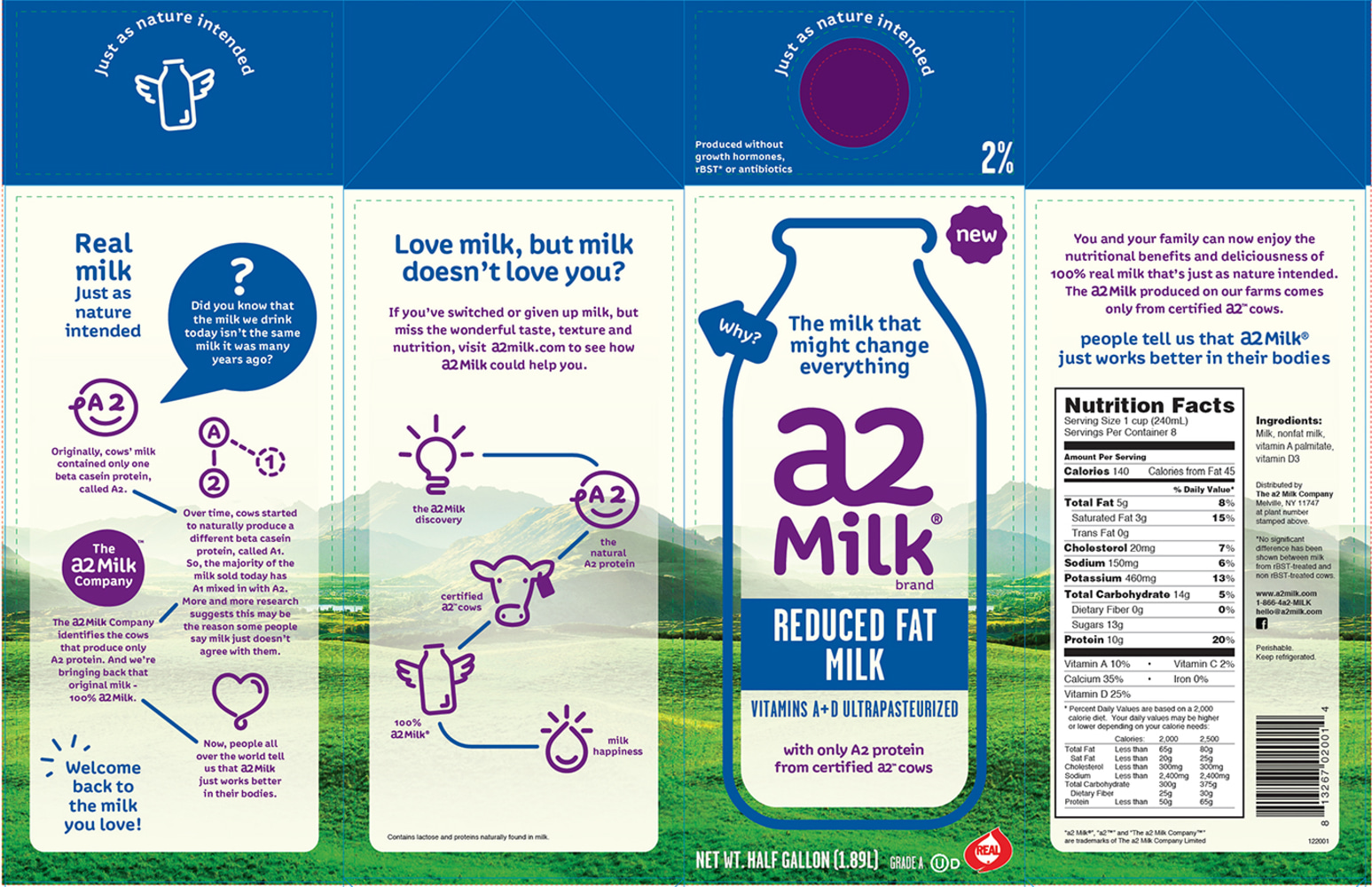 These calves will likely be processed into veal likely with residue of antibiotics from being fed tainted milk.
These calves will likely be processed into veal likely with residue of antibiotics from being fed tainted milk.
By purchasing dairy consumers also support the meat industry. In 2009, of the 33.3 million cattle used to produce beef 2.9 million were dairy cows. In 2008, plants processing dairy cows and veal were responsible for 90 percent of the residue violations. This begs to ask the question of who is really looking out for our milk and why antibiotics are not more heavily monitored. FSIS, EPA and FDA jointly monitor residue violations through the national residue program. The USDA’s Office of Inspector General released a report stating that the national residue program “is not accomplishing its mission of monitoring the food supply for harmful residues.”
The CDC suggests that the use of antibiotics for growth promotion should be phased out. Doing so would follow the trend of many European nations. Since implementing the ban they have seen a steady decline in the number of cases of AR.
Take Action
It is time for consumers to call on the dairy industry to change their way! Join us in urging Dean Foods and Starbucks to make an organic milk commitment. By doing so, these companies will help transition the current CAFO dairy system to one that does not rely on concentrated confinement and antibiotics. The future of antibiotics in the US depends on it.
what is their danger and how to detect it – Miltex
The world medical community has been calling for a long time to reduce the intake of antibiotics to the required minimum. After all, superinfection, which is not afraid of any drugs, has ceased to be a myth – now it is a terrible reality. But, as it turns out, it is not enough to limit yourself to taking medications solely as prescribed by a doctor. Today, antibiotics can “wait” for us even in such a useful product as milk.
What are antibiotics
Antibiotics are a huge group of drugs that are united by their action on bacteria. They can act in different ways: destroy the cell membrane in bacteria, disrupt metabolic processes in them, etc. But the result is always the same: the bacterium loses the ability to maintain its vital activity and dies.
They can act in different ways: destroy the cell membrane in bacteria, disrupt metabolic processes in them, etc. But the result is always the same: the bacterium loses the ability to maintain its vital activity and dies.
Such preparations are certainly useful in situations where harmful bacteria cause disease and even threaten life. But, alas, antibiotics do not have a selective effect and they act with the same “killing power” on both pathogenic and beneficial microorganisms. For example, those that inhabit the intestinal mucosa or oral cavity and form local immunity.
How antibiotics get into milk
Animals, like humans, suffer from infectious diseases. And they also need treatment. Therefore, the detection of antibiotics in milk, even in high concentrations, is normal if a dairy cow has recently undergone treatment with these drugs. But such milk cannot be used for the manufacture of dairy products. It is allowed as a raw material when the concentration of the antibiotic in milk is reduced to hundredths or even thousandths of a percent (depending on the drug used for treatment). Also, antibiotics are sometimes used as a preventive measure when there is a possibility of mass infection of the herd during epidemics.
Also, antibiotics are sometimes used as a preventive measure when there is a possibility of mass infection of the herd during epidemics.
Marketed milk may contain up to 90-100% of the antibiotics present in it at the time of milking, of course, if such milk is taken to the factory. This is due to the fact that antibacterial substances are practically not destroyed and do not pass into other forms during sterilization and pasteurization.
In fermented milk products, milk with antibiotics is technologically unacceptable. And it’s not even in the special scrupulousness of manufacturers, but in the undesirable effect of antimicrobial agents: in their presence, fermentation does not occur at all or occurs incorrectly. Accordingly, if the concentration of antibiotics in whole milk is incorrectly determined, and it enters the line for the production of cheeses, yogurts, etc., then the entire batch may be unusable. Therefore, a qualitative test for antibiotics in milk protects not only the health of customers, but also the economic stability of the enterprise.
What antibiotics can be found in milk
Antibiotics in milk are represented by absolutely all drugs of this group that are used in veterinary medicine. These are penicillin, synthomycin, tetracycline, various cephalosporins, etc. – in general, more than 70 items.
Most often in veterinary practice, broad-spectrum antibacterial drugs are used. These antibiotics are among the most effective in mixed infections (which is often seen in farm animals), but they are also among the most dangerous when it comes to consequences.
What is the danger of antibiotics in milk
Of course, there is no question of any exorbitant doses of antibiotics in milk. But these drugs have several features that make them undesirable even in the smallest quantities:
- High allergenicity. In those who suffer from allergies, milk with antibiotics may provoke an allergic reaction. For this, a very small amount of the drug is enough, to which the immune system is sensitive – it recognizes even its smallest doses.

- Cumulative effect. Some antibiotics, such as tetracycline or streptomycin, tend to accumulate in organs or tissues. Accordingly, with prolonged use of milk with antibiotics, the internal organs that deposit a particular drug may suffer.
- Bacterial resistance. In order for an antibiotic to cause the death of pathogenic bacteria, a certain concentration of the drug in the blood is needed. But if the concentration is insufficient, the weaker bacteria die, but the stronger ones become resistant to this antibiotic. As a result, in a disease caused by bacteria, it may turn out that they are no longer sensitive to most antibiotics. And in the most severe cases, it turns out that there is simply nothing to treat a person with – antibacterial drugs that could cope with such a superinfection have not yet been invented.
How to determine the presence of antibiotics in milk
A truly accurate determination of antibiotics in milk can only be carried out using special test kits. The principle of operation of the test kit is based on the competitive immunochromatographic determination of the presence of antibiotic residues, and can be designed to detect one specific antibiotic or several at the same time.
The principle of operation of the test kit is based on the competitive immunochromatographic determination of the presence of antibiotic residues, and can be designed to detect one specific antibiotic or several at the same time.
At home, the only affordable way to know how safe the milk you buy is to do a fermentation test. To do this, add one tablespoon of sour cream to a small amount of milk, then put the milk in a warm place. If it does not contain antibiotics, after a few hours (approximately 2 to 4), it will turn into curdled milk. If the milk does not ferment at all or acquires a slimy and unpleasant texture, something (and most often antibiotics) prevents the milk from fermenting normally.
Is it possible to remove antibiotics from milk
This is possible only in laboratory conditions and only if it is known which antibiotic is present in milk. Then you can choose a safe way to neutralize the antimicrobial drug without violating the composition of milk and its nutritional properties.
Therefore, if for some reason the purchased milk makes you suspicious of the presence of antibiotics, it is pointless to boil it. You can contact the SES or a private laboratory, where, using a test system for determining antibiotics in milk, experts will confirm or refute your doubts. And if the suspicions were justified, it is better to refuse to consume products of this brand so as not to harm your body.
Antibiotics in milk – antibiotics in milk, all about antibiotics PionerProdukt / PionerProdukt Antibiotiks in Milk
How do antibiotics get into milk?
Animals, like people, get sick and have to be treated, including with antibiotics. Cows give milk all year round, which is unnatural for their biological nature, and this causes inflammation in their body.
One of the serious problems of modern animal husbandry is mastitis in dairy cows. Due to the crowding of animals, crowding, various infections often occur, which are quickly transmitted from one animal to another. Animal diseases are also prevented. So one of the sources of antibiotics in milk is the treatment and prevention of diseases. For each antibiotic, the period of excretion from the body (with milk, from tissues, etc.) is determined; the average period is from 2 to 3 weeks. As a rule, 3-5 days are enough to remove penicillin from the animal’s body, however, in some cases, for sick animals, this period may increase to 6-11 days.
Animal diseases are also prevented. So one of the sources of antibiotics in milk is the treatment and prevention of diseases. For each antibiotic, the period of excretion from the body (with milk, from tissues, etc.) is determined; the average period is from 2 to 3 weeks. As a rule, 3-5 days are enough to remove penicillin from the animal’s body, however, in some cases, for sick animals, this period may increase to 6-11 days.
According to sanitary regulations, milk from treated cows must be disposed of within 5-10 days (depending on the preparation used). But with a general lack of milk, when large producers buy literally everything, farmers simply dilute milk from normal cows with milk with antibiotics. Yes, the concentration has become less, but the antibiotics have not disappeared.
In addition to treatment, antibacterial drugs can be used to stimulate the growth of the animal (weight gain increased by 30%). Unscrupulous farmers can add antibiotics to canned feed, but this is also illegal. It is the second source of antibiotics in milk.
It is the second source of antibiotics in milk.
Which antibiotics can be found in milk?
More than 70 types of antibiotics are used in animal husbandry, but the most commonly used are long-known and inexpensive beta-lactams (penicillins), tetracyclines, sulfonamides, streptomycin, fluoroquinolone derivatives, chloramphenicol.
Tetracycline is the cheapest and one of the most dangerous antibiotics with a wide spectrum of antibacterial action. According to the instructions for use, tetracycline can cause gastritis and proctitis, not to mention a decrease in appetite. Tetracycline and other drugs in this series can make the skin more sensitive to sunlight (photosensitivity). Recently, due to the prevalence of tetracycline-resistant strains of microorganisms and frequent side effects, the use of tetracycline for medical purposes has become limited.
Why are antibiotics in milk and food in general dangerous for humans?
Of course, when we talk about the presence of antibiotics in store-bought milk, we are talking about microscopic doses of these substances. But, according to experts, due to the specific features of these drugs, even minimal doses of antibiotics negatively affect the intestinal microflora, and also increase the risk of resistance (or resistance) of pathogens to drugs. All this eventually reduces the body’s immunity. Prolonged use of foods containing residual amounts of antibiotics can cause adverse consequences for human health – allergic reactions, dysbacteriosis.
But, according to experts, due to the specific features of these drugs, even minimal doses of antibiotics negatively affect the intestinal microflora, and also increase the risk of resistance (or resistance) of pathogens to drugs. All this eventually reduces the body’s immunity. Prolonged use of foods containing residual amounts of antibiotics can cause adverse consequences for human health – allergic reactions, dysbacteriosis.
For example, tetracycline antibiotics have a cumulative effect. Accumulating in the body, they can adversely affect the hearing organs, cause a decrease in the number of platelets, and cause toxic reactions in the liver. Accumulating in bone tissue, tetracyclines can disrupt its formation, this is especially dangerous for children, because their growth may slow down. In adults, regular intake of tetracycline leads to tooth decay.
Streptomycin sulfate has a nephropathic effect and causes damage to the central part of the auditory receptor.
Fluoroquinolone derivatives accumulate in cartilage tissue in children under 14 years of age, which leads to skeletal disorders. It turns out a paradox: we drink milk because of the calcium that is useful for teeth and bones, but we get a completely opposite result.
On the shelves of stores you can find milk with different expiration dates – from 2 months to six months. Does this mean that milk with a long shelf life contains antibiotics?
No, in this case the reason is the way the milk is processed and the properties of the packaging.
Heat treatment of milk is pasteurization or sterilization. The task of heat treatment is to destroy microorganisms and thereby extend the shelf life of the product. Pasteurization is called heat treatment at a temperature below the boiling point, or simply heating to a temperature below 100 ° C. In the classical sense, pasteurization of milk is its heating to 74-76°C with a holding time of 15-20 seconds or instant heating to 85°C without holding. Pasteurization kills microorganisms that do not form spores, including pathogens of dysentery, typhoid, cholera. E. coli and lactic acid bacteria do not withstand pasteurization. Spores that survive pasteurization during storage of milk “sprout” – begin to actively multiply, which causes spoilage of milk.
Pasteurization kills microorganisms that do not form spores, including pathogens of dysentery, typhoid, cholera. E. coli and lactic acid bacteria do not withstand pasteurization. Spores that survive pasteurization during storage of milk “sprout” – begin to actively multiply, which causes spoilage of milk.
Sterilization is the heat treatment of milk at temperatures above 100°C. With such heating, not only microorganisms die, but also their spores, due to which milk can be stored for quite a long time even without a refrigerator. In addition, sterilization can also be carried out in different ways: it can be simply high-temperature sterilization, it can be under pressure, where the temperatures for processing products are higher. One manufacturer may give a more gentle regimen, another uses pressure sterilization. Hence the difference in expiration dates. Why are they not in a hurry to sterilize all the milk? Because high temperatures lead to significant undesirable changes in milk, including taste changes. Therefore, manufacturers are trying to find a “golden” mean between the duration of the shelf life and the preservation of the original properties of milk.
Therefore, manufacturers are trying to find a “golden” mean between the duration of the shelf life and the preservation of the original properties of milk.
In addition, the shelf life also depends on the packaging. The leader here is the Tetra-Pak company, products are stored in it for a very long time. A plastic bottle gives a shorter shelf life.
However, some manufacturers provide extended shelf life by adding… the antibiotic nisin. This is the only antibiotic whose addition to food is not prohibited by Russian law, as it is decomposed by our body. But! This does not apply to milk. It is forbidden to add nisin to milk.
Are antibiotics destroyed by boiling milk?
Boiling and sterilization have virtually no effect on the content of antibiotics in milk. After boiling, 90 to 95% of the original amount of antibiotics remains in the milk, that is, from 5 to 10% of their amount is destroyed. After sterilization, 92 to 100% of the original amount of antibiotics remains in the milk. Such data allow us to draw conclusions about the unsuitability of the boiling and sterilization parameters for the destruction of antibiotics in milk.
Such data allow us to draw conclusions about the unsuitability of the boiling and sterilization parameters for the destruction of antibiotics in milk.
The greatest reduction in the amount of antibiotics in samples occurs during long-term pasteurization. Perhaps this is due to the most prolonged effect of high temperature on antibiotics, which leads to coagulation of proteins and their sedimentation along with the antibiotic on the walls of containers.
Do antibiotics persist in dairy products – powdered milk, kefir, cheeses, etc.?
Fortunately for the consumer, it is difficult to make fermented milk products from milk with antibiotics. Microorganisms that are used in fermented milk production are very sensitive to antibiotics. Their presence in milk leads to technological problems at the dairy enterprise. Antibiotics entail a lag or complete delay in enzymatic processes in the production of cheeses, cottage cheese and sour-milk drinks. A change in the ratio of microorganisms in starter cultures negatively affects quality indicators, in particular, the appearance of the product (for example, the absence of eyes in cheese).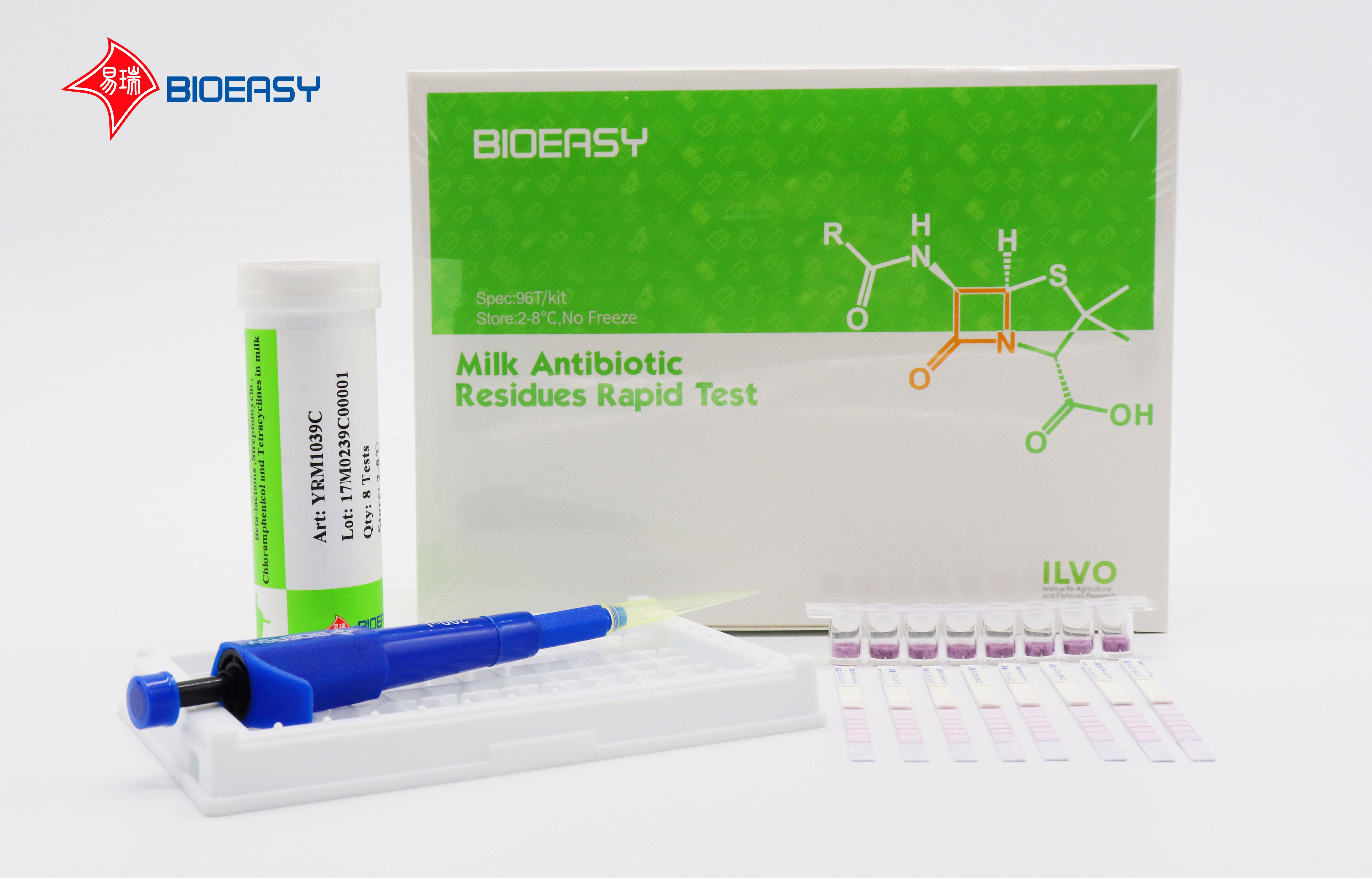
Most antibiotics pass from liquid milk to powdered milk. Unfortunately, they do not break down when dried. If you make butter from milk with antibiotics, then the antibiotics will remain in it. To a lesser extent, of course. But fat-soluble antibiotics remain there.
That is, in many products made from milk, antibiotics can be present, which is the danger.
How is the content of antibiotics in food and, in particular, in milk controlled in our country?
More than 70 types of antibiotics are used in animal husbandry, as mentioned earlier, several basic groups are controlled in our country: levomycetin, streptomycin, tetracycline, sulfonamides, quinolones, nitrofurans and penicillin. The maximum allowable levels of these antibacterial drugs are standardized by SanPiN 2.3.2.1078-01. In addition, chloramphenicol, streptomycin and tetracycline are regulated by the Technical Regulations of the Customs Union 021/2011
According to the regulations, there is a three-level system for monitoring the quality of raw milk, designed to prevent the milk of sick animals from entering the consumer’s table.

 Don’t crush, chew, split, or open delayed-release tablets or capsules.
Don’t crush, chew, split, or open delayed-release tablets or capsules.
